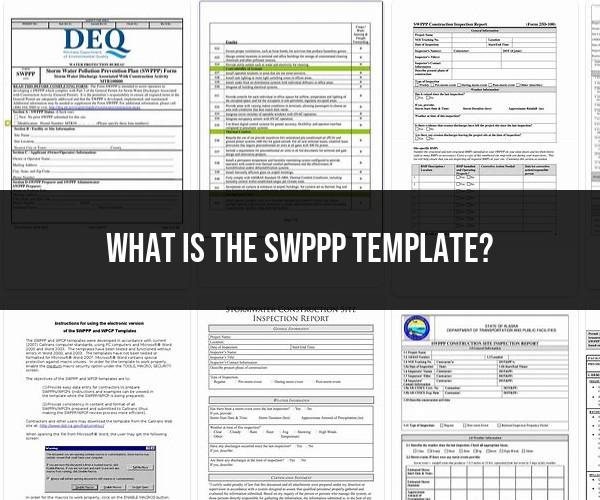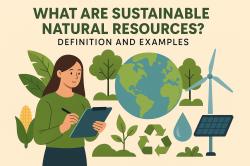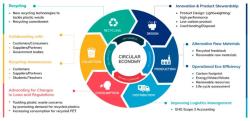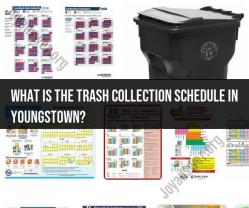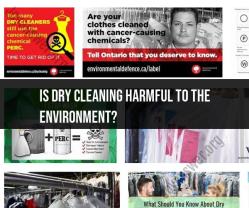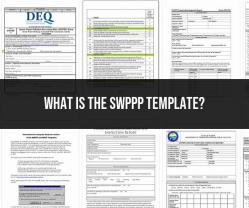What is the swppp template?
A Stormwater Pollution Prevention Plan (SWPPP) is a comprehensive document designed to prevent or minimize stormwater pollution and protect water quality in accordance with environmental regulations. A well-structured SWPPP template helps organizations and construction sites outline pollution prevention measures, control practices, and compliance strategies. Here's a guide to creating a comprehensive SWPPP template:
1. Introduction:
- Briefly explain the purpose and scope of the SWPPP.
- Provide an overview of the project site and its potential impact on stormwater runoff.
2. Site Description:
- Describe the project site's location, size, and topography.
- Identify nearby water bodies and sensitive areas.
3. Regulatory Framework:
- Outline relevant federal, state, and local stormwater regulations and permit requirements.
- List the responsible regulatory agencies.
4. Potential Pollution Sources:
- Identify potential sources of pollution on the site, such as construction activities, equipment storage, fueling stations, etc.
5. Best Management Practices (BMPs):
- List and describe BMPs that will be implemented to prevent or control stormwater pollution.
- Include erosion and sediment control measures, runoff management practices, and pollution prevention techniques.
6. Erosion and Sediment Control:
- Detail erosion control measures, such as silt fences, sediment basins, and vegetative stabilization.
- Explain the process for installing and maintaining these controls.
7. Runoff Management:
- Describe strategies for managing stormwater runoff, such as retention ponds, swales, and permeable surfaces.
- Specify the design and maintenance of these systems.
8. Spill Prevention and Response:
- Provide procedures for preventing and responding to spills of hazardous materials.
- Include spill kits, containment measures, and reporting protocols.
9. Materials Handling and Storage:
- Outline guidelines for handling, storing, and disposing of materials to prevent runoff contamination.
- Address fuel, chemicals, and other potentially hazardous substances.
10. Construction Activities:
- Detail pollution prevention measures during construction, such as vehicle and equipment maintenance, waste disposal, and concrete washout procedures.
11. Inspection and Maintenance:
- Explain the schedule and procedures for inspecting and maintaining BMPs.
- Assign responsibility for regular inspections and recordkeeping.
12. Employee Training:
- Describe the training program for employees and contractors regarding pollution prevention measures and BMPs.
13. Recordkeeping and Reporting:
- Specify the records to be maintained, such as inspection reports, maintenance logs, and spill response documentation.
- Outline reporting requirements to regulatory agencies.
14. Emergency Contacts:
- Provide a list of emergency contacts for spills, accidents, and regulatory compliance issues.
15. Signatures:
- Include spaces for signatures of responsible parties, such as project managers, environmental coordinators, and regulatory agencies.
Remember that a SWPPP template should be tailored to the specific site, project, and regulatory requirements. Regular updates and revisions may be necessary as the project progresses and conditions change. Consult with environmental experts or regulatory authorities to ensure the SWPPP template aligns with local regulations and best practices.
